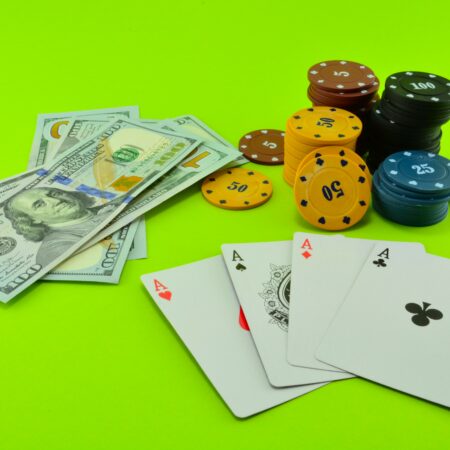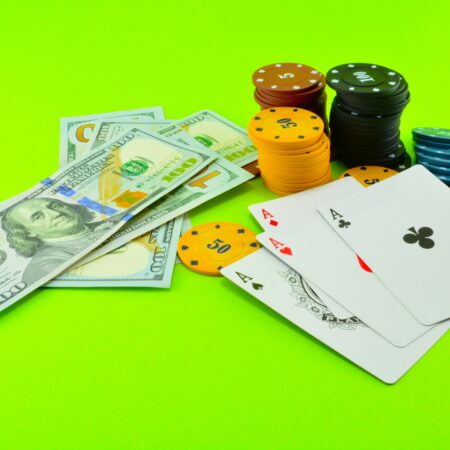Immerse yourself in the riveting journey of card games, from their inception in ancient civilizations to their well-polished presence in contemporary casinos worldwide.
The Fascinating History of Card Games: From Ancient Times to Modern Casinos
Alright folks, spill it. How many of you have tried to outsmart the dealer over a steamy round of blackjack? Or maybe, found yourself in the midst of an unexpectedly captivating game of poker at a friend’s gathering? If you’re nodding while reading this, well then, you’re as caught up in the enchantment of card games as I am. However, have you ever paused to contemplate the origin of these high-stakes thrills we so enjoy?
Let’s dive in, shall we?
The age-old ‘harmless’ deck of 52 has been a silent eyewitness to countless high stakes emotion – the shouts of joy, the groans of defeat, even the nervous ‘beginner casino players’ taking their first steps into the world of betting. But where did it all start?
Traces in The Sands of Time
Would you believe me if I told you that the roots of card games can be traced back to ancient civilizations? That’s right – centuries before our modern casinos even existed, our ancestors were already shuffling and dealing!
Historians generally agree that the earliest form of playing cards originated in China during the Tang Dynasty around the 9th century AD. These games, with their intricate designs and symbols, were not just for leisurely pastimes but also served potent social and educational roles. They would often imitate the hierarchical structure of the society of the time, with each suit and rank representing military, civic, or agricultural domains.
“Can you imagine it?” I often wonder aloud to myself. In a time of emperors and ancient scriptures, people were shuffling and dealing! As uncanny as it seems, it’s quite fascinating when you think about it.
A Roll of the Dice
The significance of card games extended beyond the confines of the Middle Kingdom. As trade and warfare ensued, the practice proliferated westward. By the 14th century, card games had made their appearance in Europe. These were typically hand-painted, a fact that led to their exorbitant price tags, making them an exclusivity of the nobility for quite some time. Characterized by suits of cups, coins, clubs, and swords, these decks were the predecessors of modern Tarot cards.
Deal of the Century
Despite the expensive nature of early card playing, it was only a matter of time before the game found its footing among the masses. With the invention of the printing press in the 15th century, mass production of cards became possible, making them more affordable and widely available. The ‘French deck’ as we know it today – with its familiar hearts, diamonds, clubs, and spades – was born out of this revolution.
The modern era saw card games grow beyond a pastime. Casinos and gambling houses began emerging in earnest, with card games like Poker, Blackjack, and Baccarat at the helm of their offering.
It’s in The Cards
So, next time when you sit around a deck of cards, recall the history it carries – from ancient emperors to today’s high-stake casinos, the humble deck of cards has seen it all. Whether it’s the thrill of the play, the camaraderie it evokes amidst players, or the simple joy of collecting beautifully designed cards, the game continues its legacy, etching memories one hand at a time.










